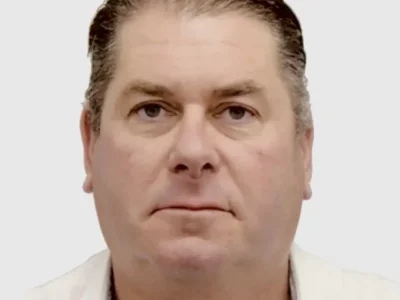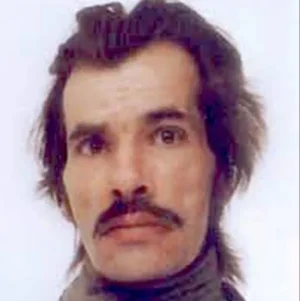- Joined
- Nov 29, 2022
- Messages
- 2
- Reaction score
- 15
Hi everyone,
I posted here a few years ago but have been quiet since. Was thinking about this case today and I have just realised something. It doesn't really tell us anything new but I think it can somewhat conclusively rule out the possibility that PB grew up outside Austria or Germany. There is a small detail that I think could possibly point to this man having been Austrian, but it is maybe a bit of a reach.
I was reviewing the Imgur photos that somebody shared earlier in the thread, when I remembered that the way that Peter wrote his lower case letter t's looked quite unique to me as a native English speaker. Compare the way he wrote the lower case t to that in the Österreicher Schulschrift from 1969 and the DDR's Schreibschrift-Vorlage from 1958. Without having dug to deep into it, I would be very surprised if the lower case t was taught this way in Belgium, France, the Netherlands, or anywhere else in Europe really.
Now, the small detail that makes me think it's more likely that this man was Austrian than German. Look at how the numbers 2 and 7 were written in Deutsch Normalschrift (Germany), which was introduced in 1941. Now compare the 2 and the 7 to the Österreicher Schulschrift I linked above and also this low quality image of Österreicher Schrift (Austria) that is from at least pre-WW2, but possibly even pre-WW1. Compare these numbers to how Peter wrote his 2, 4, and 7.
I would be really interested in seeing the handwriting of Austrians who were born in the 40s or 50s if anyone has access.
I know that this is not groundbreaking and could be a stretch, but I am interested to hear what you all think.
Cheers!
I posted here a few years ago but have been quiet since. Was thinking about this case today and I have just realised something. It doesn't really tell us anything new but I think it can somewhat conclusively rule out the possibility that PB grew up outside Austria or Germany. There is a small detail that I think could possibly point to this man having been Austrian, but it is maybe a bit of a reach.
I was reviewing the Imgur photos that somebody shared earlier in the thread, when I remembered that the way that Peter wrote his lower case letter t's looked quite unique to me as a native English speaker. Compare the way he wrote the lower case t to that in the Österreicher Schulschrift from 1969 and the DDR's Schreibschrift-Vorlage from 1958. Without having dug to deep into it, I would be very surprised if the lower case t was taught this way in Belgium, France, the Netherlands, or anywhere else in Europe really.
Now, the small detail that makes me think it's more likely that this man was Austrian than German. Look at how the numbers 2 and 7 were written in Deutsch Normalschrift (Germany), which was introduced in 1941. Now compare the 2 and the 7 to the Österreicher Schulschrift I linked above and also this low quality image of Österreicher Schrift (Austria) that is from at least pre-WW2, but possibly even pre-WW1. Compare these numbers to how Peter wrote his 2, 4, and 7.
I would be really interested in seeing the handwriting of Austrians who were born in the 40s or 50s if anyone has access.
I know that this is not groundbreaking and could be a stretch, but I am interested to hear what you all think.
Cheers!






